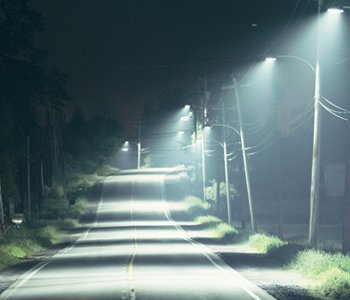Feature
Exploring a New “Twilight Zone”: LED Street Lighting and Human Vision
LEDs promise higher efficiency in street lighting. But overcoming the glare and environmental impacts of the most efficient LED bulbs will require some engineering innovations—and venturing into the sometimes surprising territory of vision science at low light levels.
 [iStock]
[iStock]
LED street lamps seem like a no-brainer: their high efficiency promises reduced energy use, carbon emissions and costs. Yet a year ago, when I returned from vacation, I was dismayed by the ugly reality of the LED lamps installed across the street while I was away. On vacation I had looked up from a lakeside dock in rural Maine and seen the Milky Way spread across the sky. At home, the new street lamps glared painfully harsh, leaving only two stars visible in the suburban Boston sky and shining like a searchlight through windows not shaded by leaves.
…Log in or become a member to view the full text of this article.
This article may be available for purchase via the search at Optica Publishing Group.
Optica Members get the full text of Optics & Photonics News, plus a variety of other member benefits.
